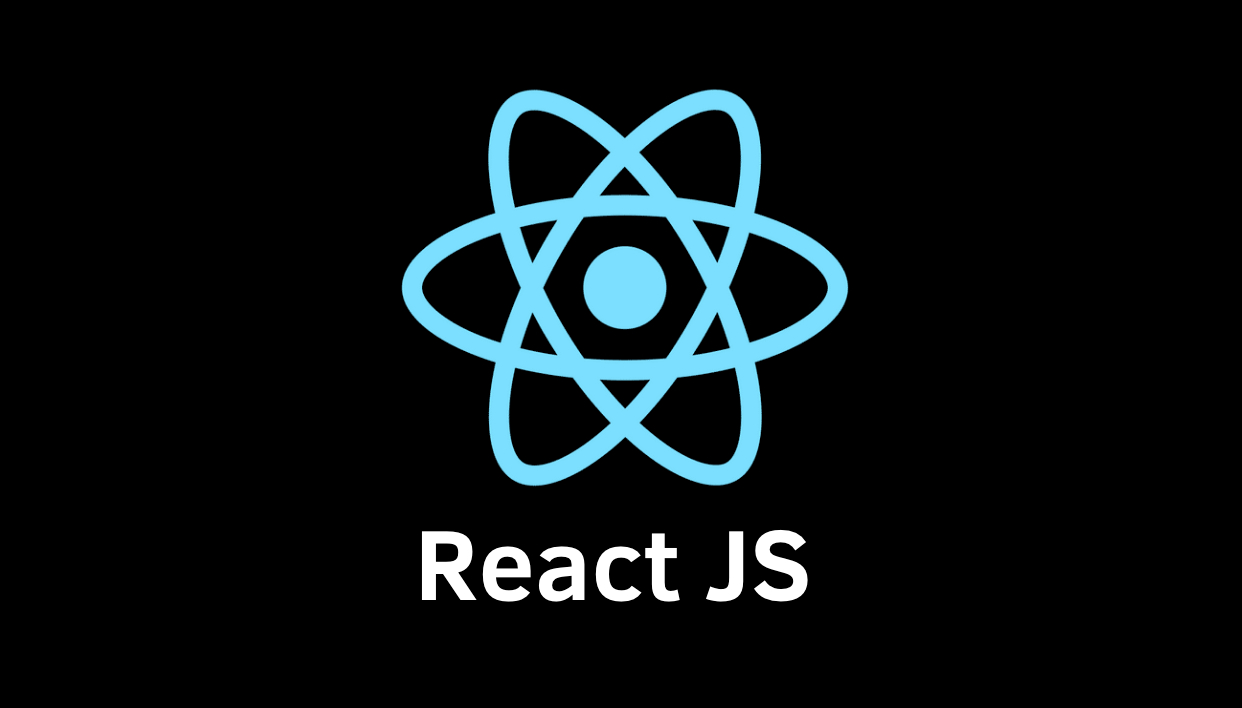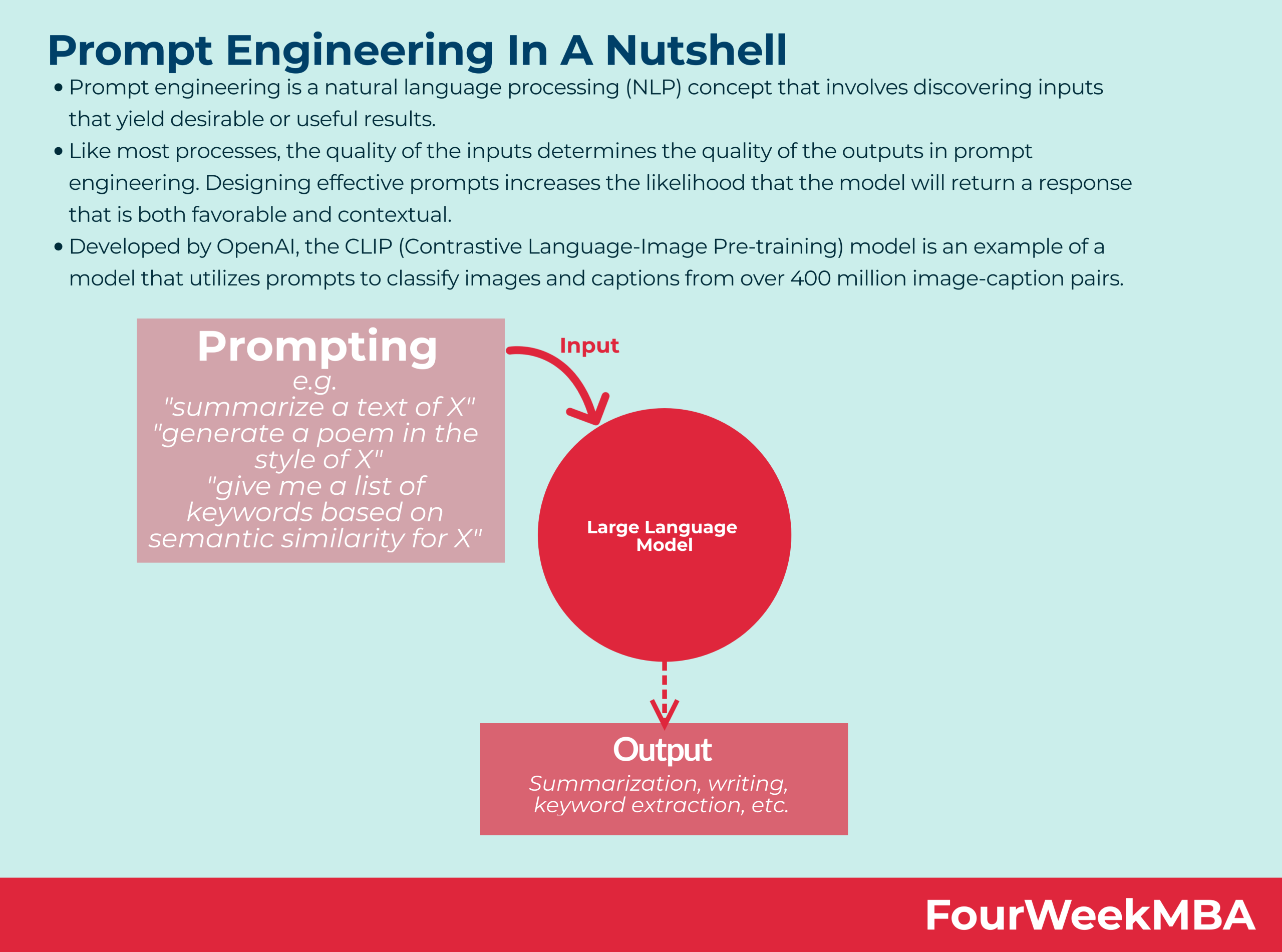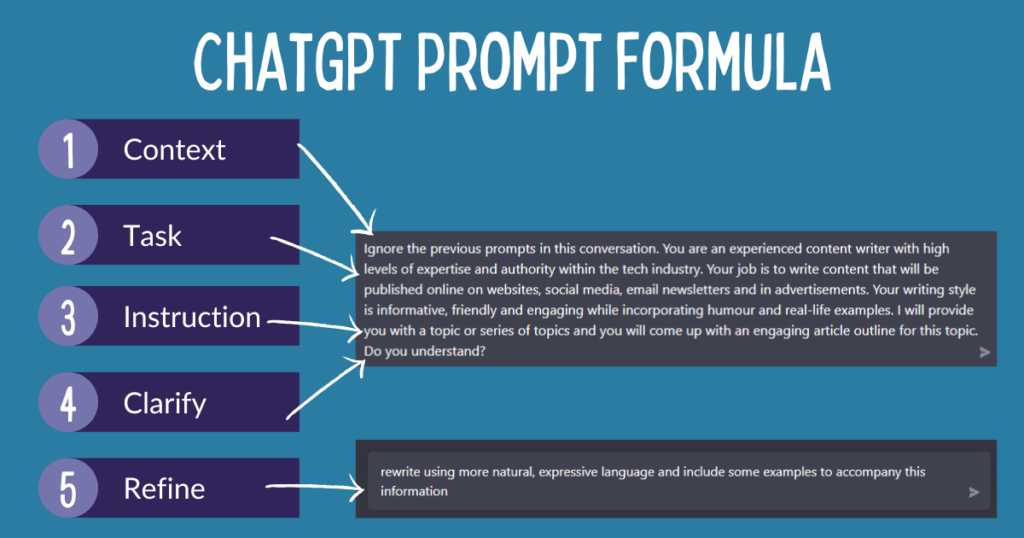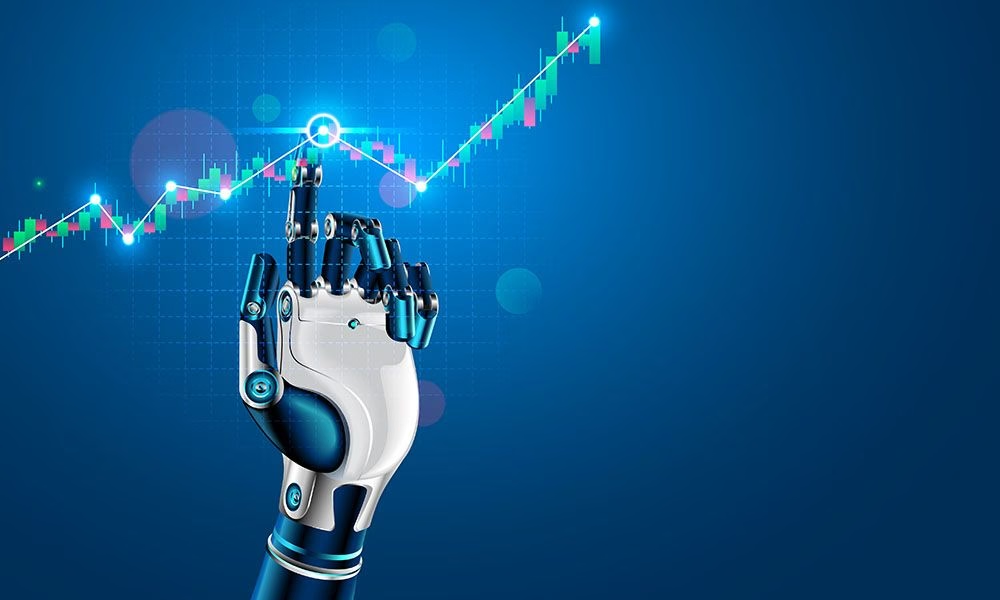"Introduction to Technical Analysis: Tools and Strategies for Market Analysis"
Technical analysis is a method of evaluating financial markets by analyzing statistical trends and patterns in price movements. It involves studying historical market data, such as price charts and trading volume, to identify potential future price movements. This approach is based on the belief that market trends tend to repeat themselves and that past performance can be used to predict future performance. Technical analysts use a variety of tools and techniques, such as chart patterns, indicators, and oscillators, to make informed trading decisions. This type of analysis is commonly used in the stock market, foreign exchange market, and other financial markets to help investors and traders make more informed decisions.
English
Last updated
Wed, 29-May-2024

















